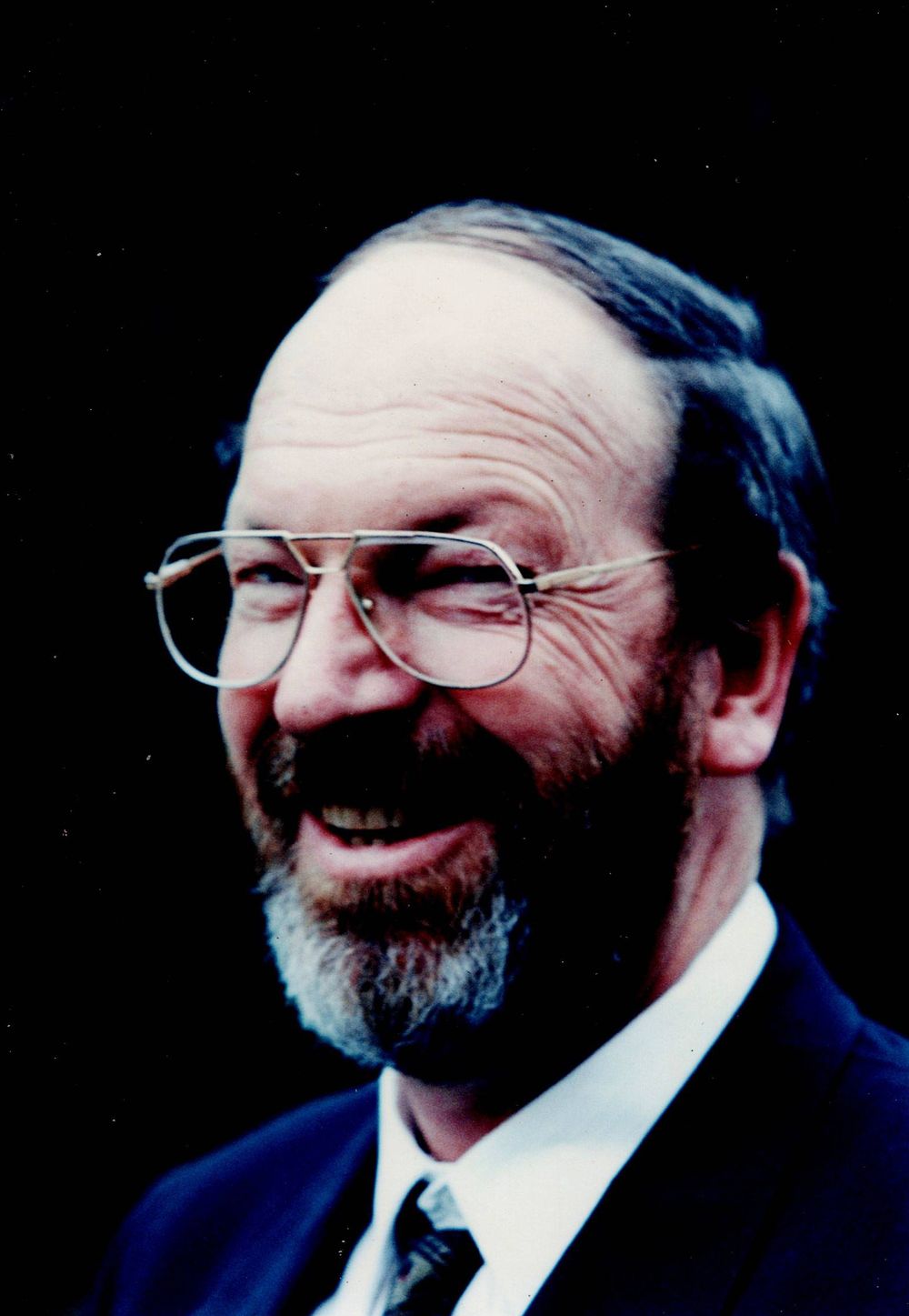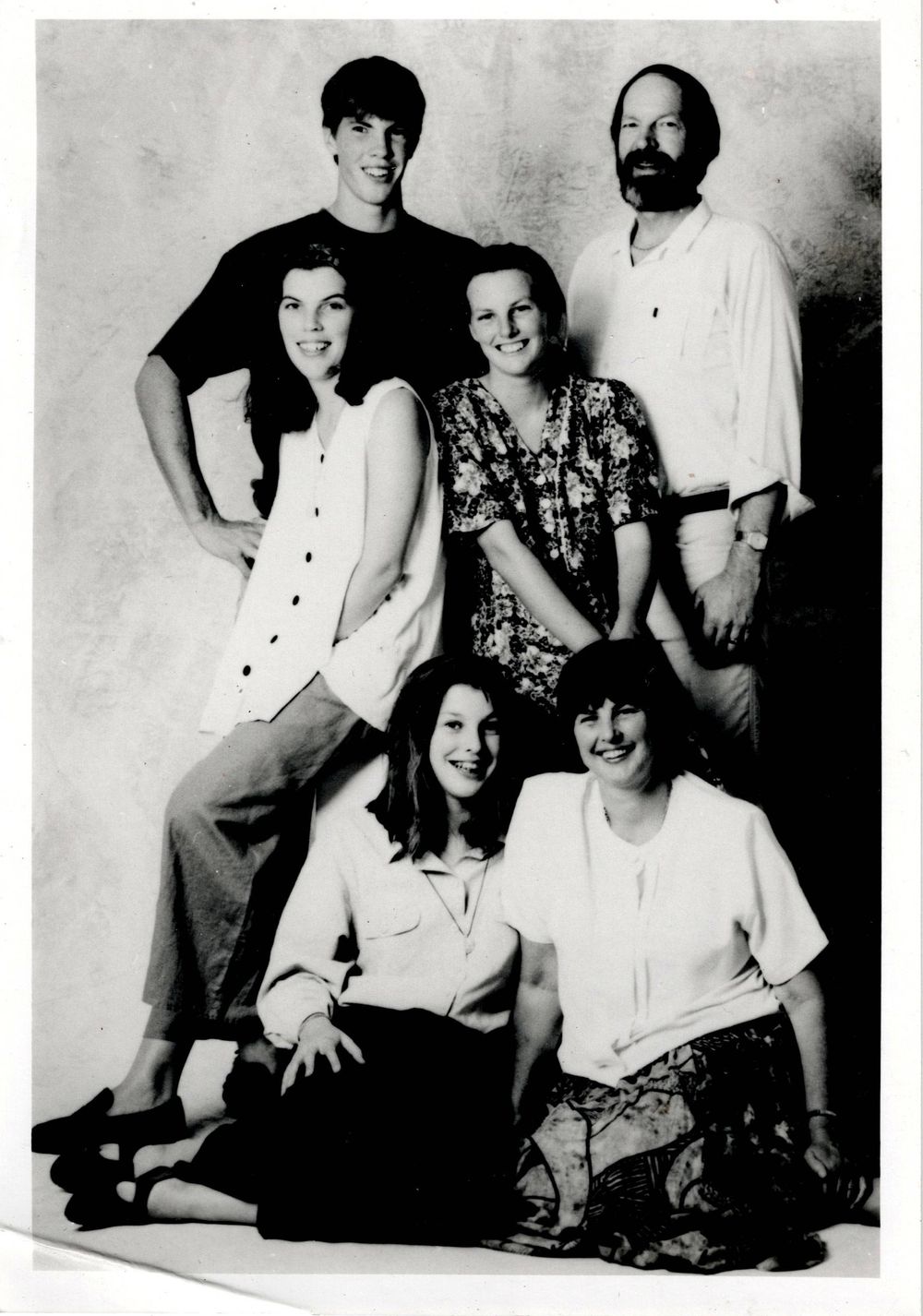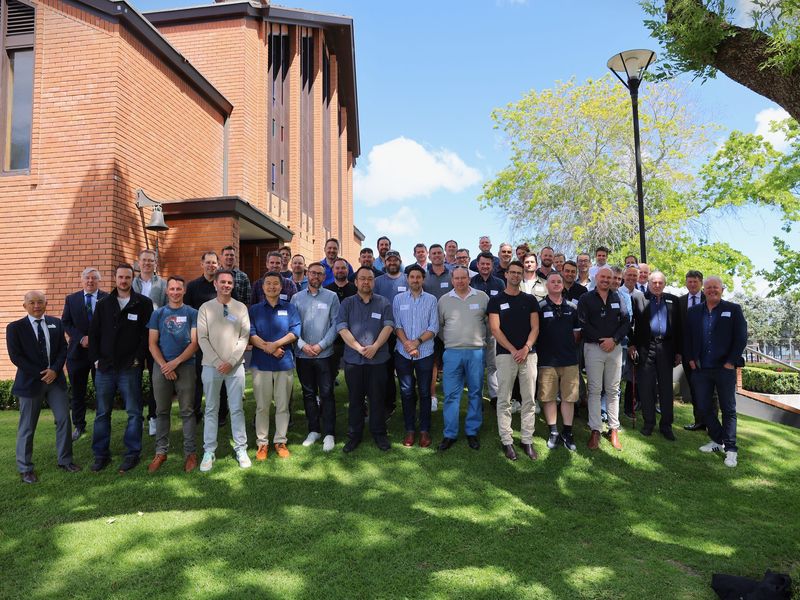
Barrie Keenan
A Life of Ministry Through Work and People.
It was the early days at Saint Kentigern. The cross-country track still ran through paddocks fresh from their dairy farm past, and for Barrie Keenan, College student number 140, who joined in the College’s second year, it marked the beginning of a lifetime shaped by people, purpose, and service in agriculture and various communities.
Barrie’s time at Saint Kentigern was formative, not only in education but in influence. Adam MacFarlan, the first Headmaster and a Presbyterian minister, left an enduring impression and would later help shape Barrie’s decision to enter ministry.

Ordained in February 1967 as the first Saint Kentigern student to become a Presbyterian minister, Barrie began his ministry in the rural parish of Taumarunui. Some things were different; the Good News of the gospel was shared while talking with farmers about farming and walking over different farms with 10-12 people in a farm discussion group. He also formed a Community Budget Advisory Service, and sat with families to work out how they could pay their debts and feed the family.
For the various communities, these interaction times were more effective ministry than simply attending either of the two services he conducted in church each Sunday.
Photo: Rev Barrie Keenan B.Agr.Sc., B.D. in First Church, Taumarunui in August 1968
Then, in 1969, Barrie experienced a serious health episode linked to a childhood brain abscess, which meant he could no longer drive nor serve the needs and demands of ministry in that parish. “It was a shock,” he says, “but I’ve learned that the only thing that’s constant is change.” Rather than seeing it as an ending, he saw it as a redirection. What followed was a life of ministry carried out in new and meaningful ways.
Barrie was the first Saint Kentigern student to graduate with a Bachelor of Agricultural Science from Massey University, which laid a strong foundation in both science and communication. In 1970 he joined the Department of Agriculture as a Scientific Liaison Officer at Ruakura in Hamilton, where he translated research findings into practical insights for New Zealand farmers. “It was a different environment,” he recalls, “but people were still at the centre of it.” There were some 600 staff at Ruakura, and some soon discovered he was a minister and therefore able to celebrate marriages, and he went on to conduct around 80 weddings, often not in churches or using the standard order of service. Rather, they were crafted to reflect the couple’s particular personal values and at their preferred location.
His role evolved, and in 1979, he was appointed Assistant Director of the Agricultural Research Division, relocating to Wellington to oversee the wellbeing, training, and performance of more than 1,700 personnel.

He introduced structured recruitment and professional development programmes and played a key role in guiding the Division through major reforms — including the introduction of computer systems, public sector restructuring in the 1980s, and the development of systems to enable the transition to performance-based employment contracts following legislative changes in the early 1990s. Among his most significant contributions was a pioneering national digital system that tracked research projects, staff involved, funding, and outputs. It helped measure the value of scientific work to farmers and communities, while supporting staff development. These years saw a huge shift in agricultural research in New Zealand, merging purpose, data, and people into a system that boosted coordination, accountability, and long-term impact across the primary industries.
As the Agricultural Research Division was “disestablished” in June 1992 with the formation of the Crown Research Institutes, Barrie established Keenan Consulting, a move that extended his impact globally. In Turkey, he contributed to a World Bank programme, enabling scientists in different research locations to share technical information through upgraded computer systems. In Colombia, he helped strengthen research planning and measurement frameworks for a major research institution. In 2001-2002 at the University of Georgia, he served as Deputy Director of the Information Technology Outreach Services, a specialist 70-person team that developed new Geographic Information Systems applications for a wide range of clients. This was a new dimension in knowledge management, providing services to clients with very different challenges, delivery timeframes, and governance structures. It was a two-year period marked by quite different institutional norms, focused on supporting long-term improvements in research leadership and systems thinking. Across all settings, Barrie combined technical insight with a deep commitment to people and purpose.
These experiences deepened his belief in the power of diversity and lifelong learning. “The most important things are not technical,” he notes, “because the things which are really important, and which we can always improve, are critical thinking, communication, and collaboration.”
Barrie’s leadership reflected a considered and intentional approach, rooted in his belief that ministry is about connecting with people. “My ministry simply continued in another form,” he says, like what happened with the weddings celebrated when at Ruakura.
Through it all, Barrie remained deeply engaged in the Presbyterian Church. He served on national committees, contributed to strategic conversations on lay ministry and parish development, and sat on the Board of Scots College for ten years. In 1979 he was recognised as New Zealand’s first Honorary Associate Minister, a role created to acknowledge ministers serving beyond traditional parish settings and being remunerated from other than church funds.
Shortly after arriving in Wellington in 1979, the Reverend John Murray, Minister of St Andrew’s on the Terrace, requested a meeting. He said, “While you were in full-time employment at Ruakura, you served as an Honorary Associate Minister at St Andrew’s Hamilton. We would like you to do something similar here. As you will be working in the city, I will look after the weekend congregation, and together we can work to build up the weekday congregation.”
St Andrew’s had a tradition of hosting musical concerts on Wednesday lunchtimes, and from this we founded the St Andrew’s Trust for Society and Religion. We began holding Wednesday lunchtime lectures, which attracted considerable interest. The final lecture in a four-part series by Sir Lloyd Geering, “Evolution is the Real Genesis,” drew a remarkable audience of 445 people squeezed into the church for a one-hour session.
Even today, residents at our Crofton Downs Village recall those lectures from 40 years ago, describing them as interesting, challenging, and stimulating. The Trust we established went on to publish many writings by a range of contributors on “Progressive Christianity” and contemporary social issues. It was another interesting dimension of ministry in and for the community.

Back home, he and his wife, Jenn, a lifelong educator and community leader, raised four children, each of whom has gone on to contribute in medicine, engineering, political science, teaching, and environmental science.
For Barrie, ‘ministry’ is simply relating to and interacting with people. Their stories, their potential, and their capacity to grow. “Saint Kentigern helped lay those foundations,” he says. “It instilled something I carried with me. A sense of duty, faith, and quiet leadership.”
Photo: Keenan family - Barrie and Jenn, Ciandra, Merrick, Illona, and Emmora taken just after the Silver Wedding Anniversary in 1992
His memories of College life remain vivid, especially those early cross-country runs. “We ran through old paddocks, dodging cow ruts, and there was the time I finished with one of my mates saying, ‘Is the race still on, sir?’” he laughs. “I never was a good runner. But I suppose I kept going.” And in doing so, he helped lay tracks for others to follow.




Photos: Barrie Keenan portrait (2020) and Barrie and Jenn's visit to the College and Wilson Bay Farm (2025)









